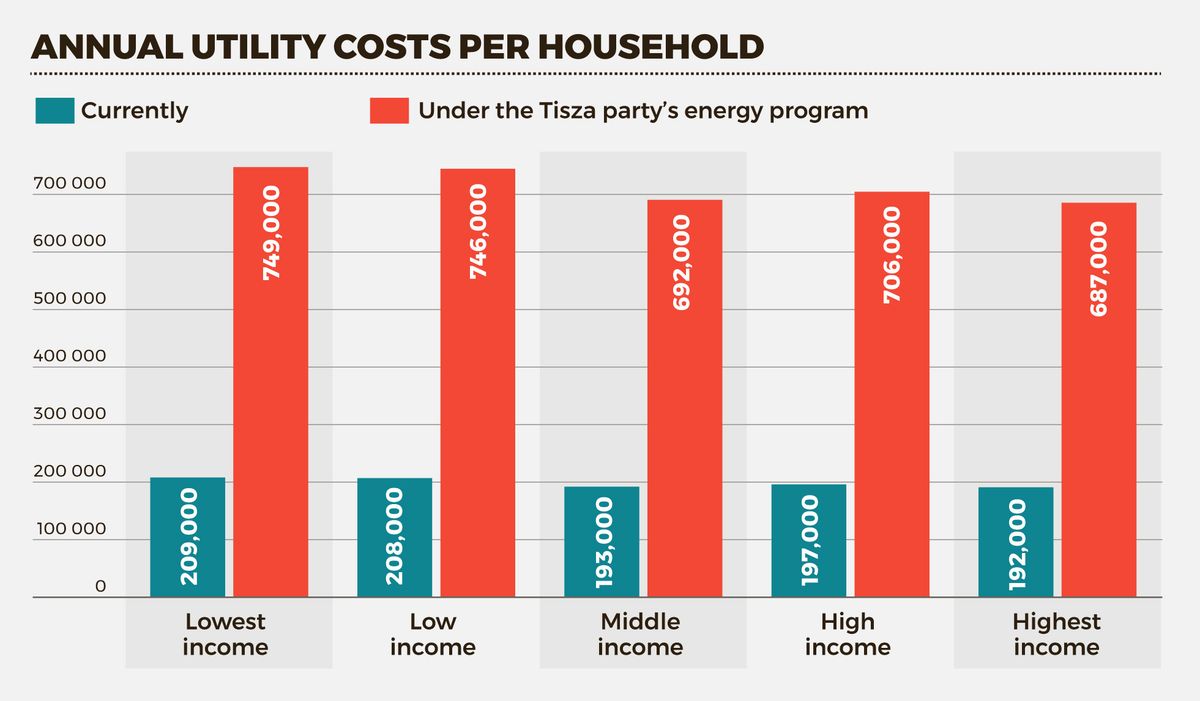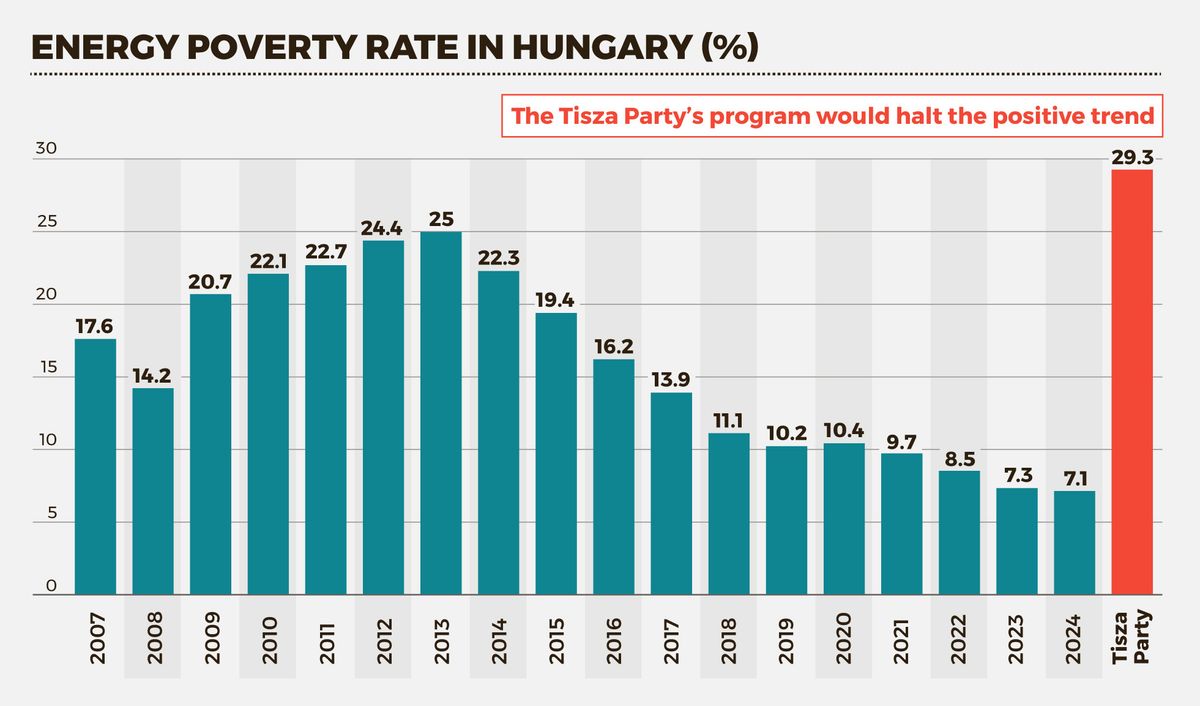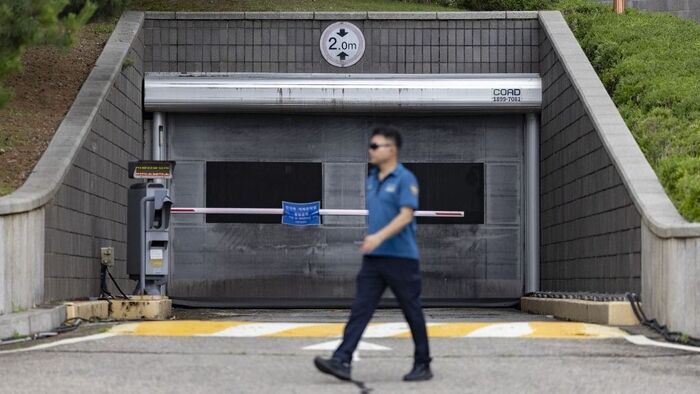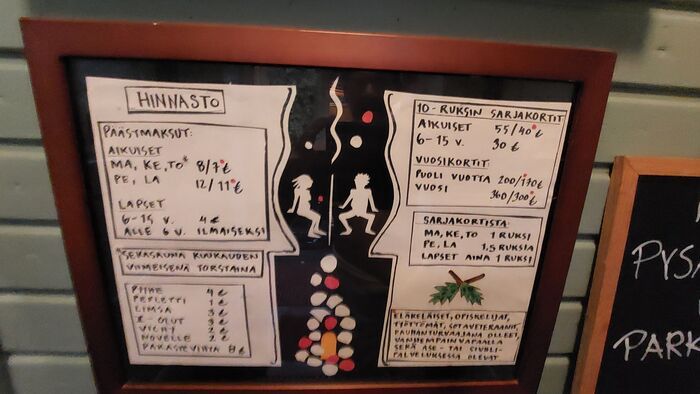According to a new analysis by Szazadveg, more than one million households would be unable to pay their utility bills if the Tisza Party’s energy program were introduced. The study emphasized that Peter Magyar would put households under double pressure.

On the one hand, the Tisza Party’s drastic tax hike plan would reduce the disposable income of most employees in Hungary. On the other hand, the party has made Brussels’ demand for cutting off Russian energy carriers part of its official program. This would mean fuel prices above 1,000 forints per liter and utility bills three and a half times higher than current levels, drastically increasing families’ expenses,
Szazadveg writes.
The research institute noted that the Tisza Party is trying to hide this double squeeze: at one forum, the party’s vice president said that “we should not talk about austerity before the elections, because if we told everything, we would lose. But if we win, then anything is possible.” At another event, a party advisor remarked that questioning the utility price cuts should not be proposed “because it’s a hot issue,” but after some time “it could be brought up.”
Low-Income Families Would Suffer the Most Under Peter Magyar’s Energy Program
A household’s energy needs are determined not primarily by income but by factors such as the size of the home, the number of people living there, the number of appliances and the efficiency. Domestic data confirm this: differences in average utility costs across income groups are relatively small in Hungary.

The lowest-income fifth of households has the highest annual energy costs (209,000 forints), while the wealthiest fifth has the lowest (192,000 forints), a difference of only 17,000 forints.
The Tisza Party’s energy program would drastically raise electricity and gas prices, amplifying the differences between income groups. Peter Magyar’s measures would hurt the wealthiest the least – for them, the increase would be 495,000 forints a year, which is 45,000 forints less than the hardest-hit group: the lowest-income households, whose bills would rise by 540,000 forints. Such a burden could not be managed by large segments of society.
























Szóljon hozzá!
Jelenleg csak a hozzászólások egy kis részét látja. Hozzászóláshoz és a további kommentek megtekintéséhez lépjen be, vagy regisztráljon!